1.1 Multiple-Antenna System
Wireless communications have experienced several revolutions, including the appearance of AM and FM communication systems in early twentieth century and the development of the cellular phone systems from its first generation to the fourth generation in the last few decades. Next generation wireless communication systems are expected to meet considerably higher performance targets, for example, data rate at the order of gigabits per second, and reliability similar to that of wired networks. To meet these goals, traditional single-antenna systems, or single-input-single-output (SISO) system, is insufficient.
A significant technical breakthrough in the 1990s is the discovery of multiple-antenna system, or multiple-input-multiple-output (MIMO) system, which provides better capacity and reliability than SISO system. In a multiple-antenna system, more than one antenna is equipped at the transmitter and/or the receiver, resulting in multiple wireless channels between the transmitter and the receiver. This enables the communications between the transmitter and the receiver to benefit from multiple-path propagation, or fading, which is traditionally regarded as a disadvantage of a wireless channel. The fundamental limits of multiple-antenna system have been analyzed, including its capacity []. The focus of this book is the application of space-time coding idea in cooperative relay network. Thus the remaining part of this section is devoted to the background on space-time coding.
The idea of space-time coding was first proposed in []. In space-time coding, information encoding is conducted not only in the time dimension, as is normally done in many single-antenna communication systems, but also in the spatial dimension. Redundancy is added coherently to both dimensions. By doing this, the data rate and the reliability can be largely improved with no extra cost on spectrum. This is also the main reason that space-time coding attracts significant attention from academic researchers and industrial engineers alike.
To understand the reliability improvement provided by space-time coding, we can look at the error probability. It has been proved in [] that with space-time coding, the error probability of a multiple-antenna system with

antennas at the transmitter and

antennas at the receiver is proportional to

, where

is the signal-to-noise ratio (SNR). This is dramatic reduction compared with the error probability of a single-antenna system, which is proportional to

. The negative of the exponent on the SNR,

, is called the diversity order. It should be noted that this reliability improvement can be achieved only when the channels between the multiple transmit and receive antennas are rich-scattering (e.g., when the channels are independent) and follow Rayleigh fading. For correlated channels, the diversity order may be reduced.
The first practical space-time code was proposed by Alamouti in [], which works for systems with two transmit antennas. It is also one of the most successful space-time codes because of its high performance but simple decoding. Later, a large variety of space-time codes have been designed.
The space-time coding scheme in []. Differential space-time coding can be seen as an extension of differential phase-shift keying (DPSK), a successful transmission scheme for single-antenna system that requires no channel state information (CSI) at the receiver, to multiple dimensions.
1.2 Cooperative Relay Network
In a multiple-antenna system, either the transmitter or the receiver or both are equipped with multiple antennas to achieve high performance. In many situations, however, due to limitation on size, processing power, and cost, it is not practical for some users, especially small wireless mobile devices, to be equipped with multiple antennas. The question of how to use MIMO techniques for single-antenna devices to achieve high performance thus arises.
On the other hand, a multiple-antenna system is a point-to-point communication system composed of two nodes only, one transmitter and one receiver. Communications between the transmitter and the receiver are direct, without relaying, cooperation, and/or interference from a third party. But for many modern applications and systems, communications are usually among multiple nodes, which form a wireless network, e.g., ad hoc wireless network and relay mesh network. The configurations of network communications also have grand potential in fulfilling the exploding demands of future communications.
These motivate the appearance of cooperative network and cooperative communications. The basic idea of cooperative communications is to have multiple single-antenna or multiple-antenna nodes in a network help on each others communication tasks. With cooperative communications, antennas of different nodes can form a virtual MIMO system. By exploiting the spatial diversity provided by this virtual MIMO system, communication performance can be improved. It is an effective way to mitigate or even utilize the rich-scattering fading effect of wireless channels in a network.
One widely used model for cooperative network is cooperative relay network, where one node, called the transmitter, sends information to another node, called the receiver, while all other nodes in the network function as relays to help the transmitter-receiver pair. This network model is also called single-user relay network . If there are multiple nodes sending information with the help of some relay nodes, the network is called multiple-user relay network . This book is only concerned with single-user relay network.
One crucial question for cooperative communication is how the relays should help in the information transmission. A variety of cooperative relaying schemes have been proposed in the literature for different design criteria, applications, and network assumptions, including amplify-and-forward (AF) [], etc.. We briefly explain some of these schemes in the following.
In AF, each relay or relay antenna simply amplifies its received signal from the transmitter based on its power constraint and forwards to the receiver. This scheme requires only simple processing at the relays. It however suffers the relay noise amplification as the relay noise is also directly forwarded to the receiver.

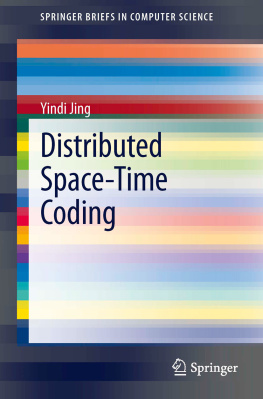
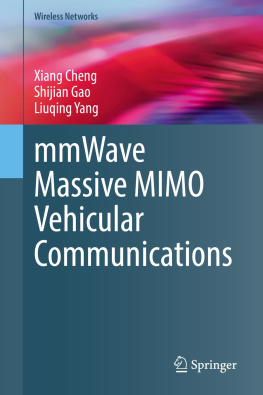
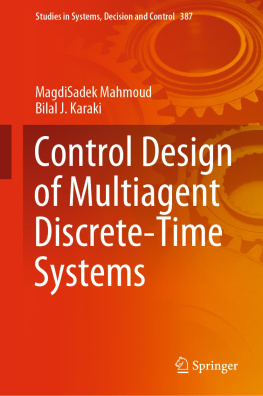
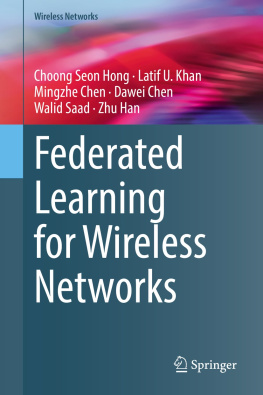
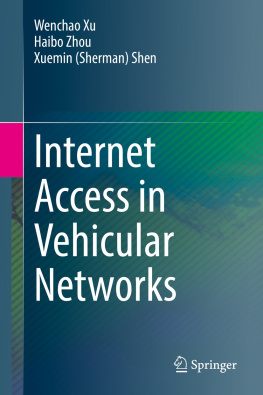
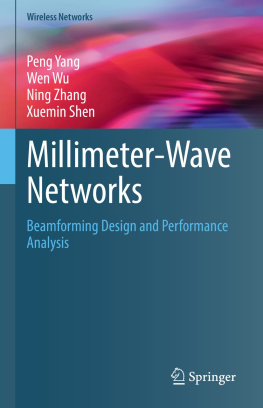


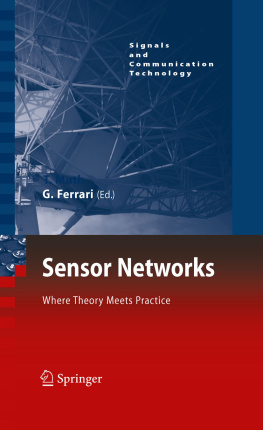
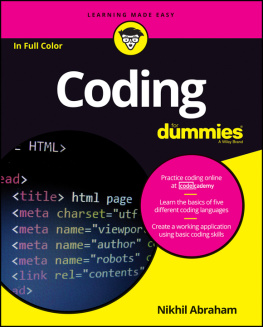


 antennas at the transmitter and
antennas at the transmitter and  antennas at the receiver is proportional to
antennas at the receiver is proportional to  , where
, where  is the signal-to-noise ratio (SNR). This is dramatic reduction compared with the error probability of a single-antenna system, which is proportional to
is the signal-to-noise ratio (SNR). This is dramatic reduction compared with the error probability of a single-antenna system, which is proportional to  . The negative of the exponent on the SNR,
. The negative of the exponent on the SNR,  , is called the diversity order. It should be noted that this reliability improvement can be achieved only when the channels between the multiple transmit and receive antennas are rich-scattering (e.g., when the channels are independent) and follow Rayleigh fading. For correlated channels, the diversity order may be reduced.
, is called the diversity order. It should be noted that this reliability improvement can be achieved only when the channels between the multiple transmit and receive antennas are rich-scattering (e.g., when the channels are independent) and follow Rayleigh fading. For correlated channels, the diversity order may be reduced.